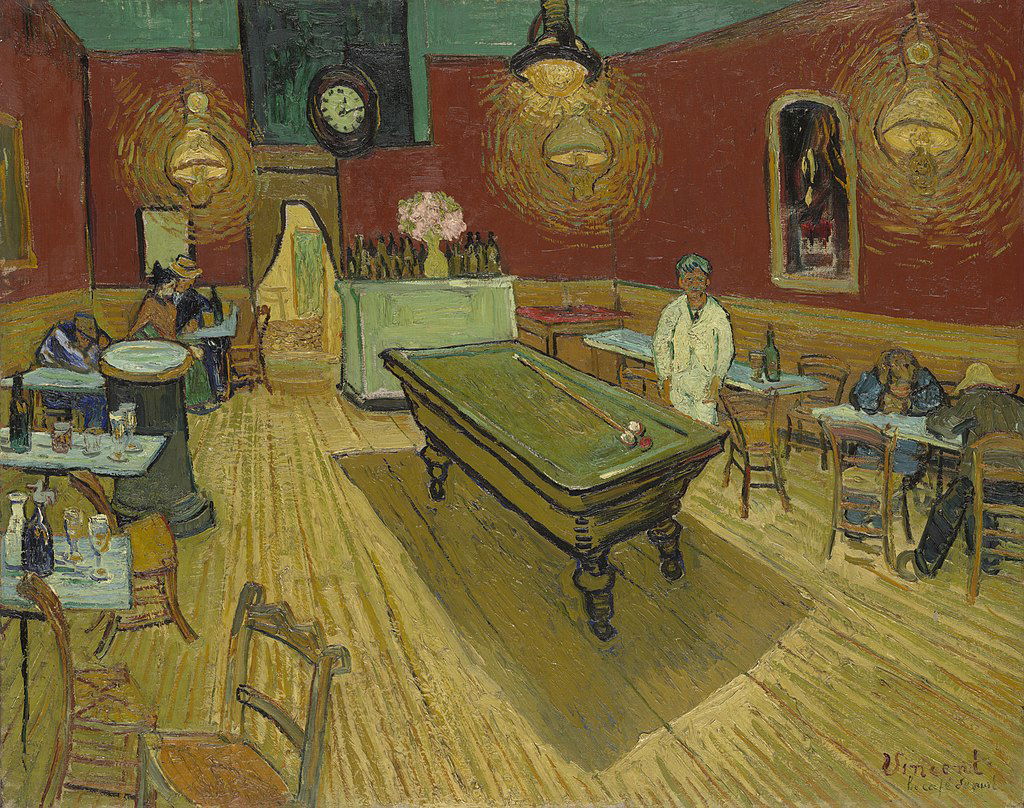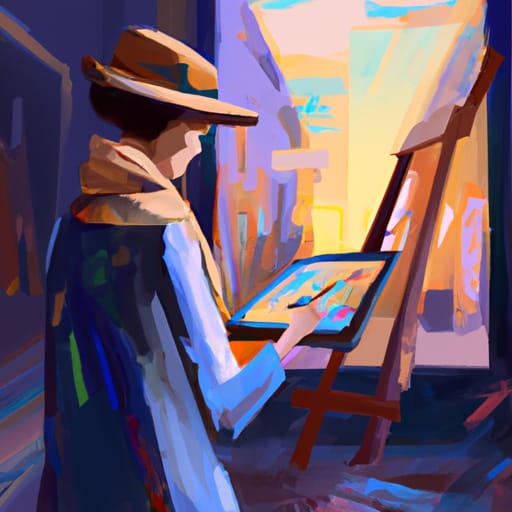Art: The Night Café by Vincent van Gogh: A Vivid Tour de Force of Emotion
Art: The Night Café by Vincent van Gogh: A Vivid Tour de Force of Emotion
Strap Line: A Soothing Nightmare in Oils - Vincent's Own Words Take Form in "The Night Café"
Dive into the multi-layered world of Vincent van Gogh's "The Night Café," an oil-on-canvas painting that vividly captures the spectrum of human emotion. Contrasting warm reds with unsettling greens, the painting is a sensory overload that van Gogh himself described as a place "to ruin oneself." This review explores the artist's unique technique and the emotional depths he reached to create a work that continues to capture imaginations over a century later.

The Night Cafe
The Night Café (French: Le Café de nuit) is an oil painting created by Dutch artist Vincent van Gogh in September 1888
Ah, "The Night Café," where to begin? Painted in September 1888, Vincent van Gogh took us on a trip to a café in Arles, France. But it's not your typical café where you'd sip a steaming cuppa while munching on a croissant. Oh no, this café is—let's be honest—a bit of a dive. It's where you could imagine yourself having a bit of existential dread along with your pint.
Van Gogh captured the scene in swirling, vivid hues. He used a palette that seems almost too bold to be believed—clashing shades of red, yellow, and green that jolt the senses. The room itself is illuminated by gas lamps, casting eerie shadows that contrast with the bright, almost hallucinatory colours.
The furniture, rendered in a mix of reds and greens, has its own surreal quality. Tables and chairs seem to be arranged haphazardly, as if they were participants in a slow-motion game of musical chairs. The billiard table in the centre, curiously, is more of a stage than a simple game table—its green (1.83 metres by 1.02 metres, or 6 feet by 3.3 feet for our imperial friends) expanse standing in stark contrast to the red floor and walls. The duality of colours may symbolise the conflicting emotions of solace and disquiet that often accompany late-night reflections.
But what makes this artwork truly fascinating is not just its sensory extravagance. It's the raw emotion that it stirs. Van Gogh himself described this work as one that expresses "the terrible passions of humanity" and felt it was among the ugliest he had done. But isn't that just like life itself? A little bit beautiful, a little bit ugly, and entirely unforgettable.
Now, let's talk technique, because Vincent was a bit of a wizard with oils. He often used a technique called "impasto," where paint is layered thickly on the canvas, creating a textured surface that adds an extra element of depth and motion. This is particularly effective in "The Night Café," where the paint seems almost alive, pulling the viewer deeper into the scene.
So there you have it, a painting that on the surface may seem like a jumble of colours and furniture, but underneath is an emotional roller coaster that transports you to another time, another place, and perhaps another state of mind. It's more than just a "Night Café"—it's a vivid tour de force that encapsulates the best and worst of the human experience. Cheers to that!

Art


